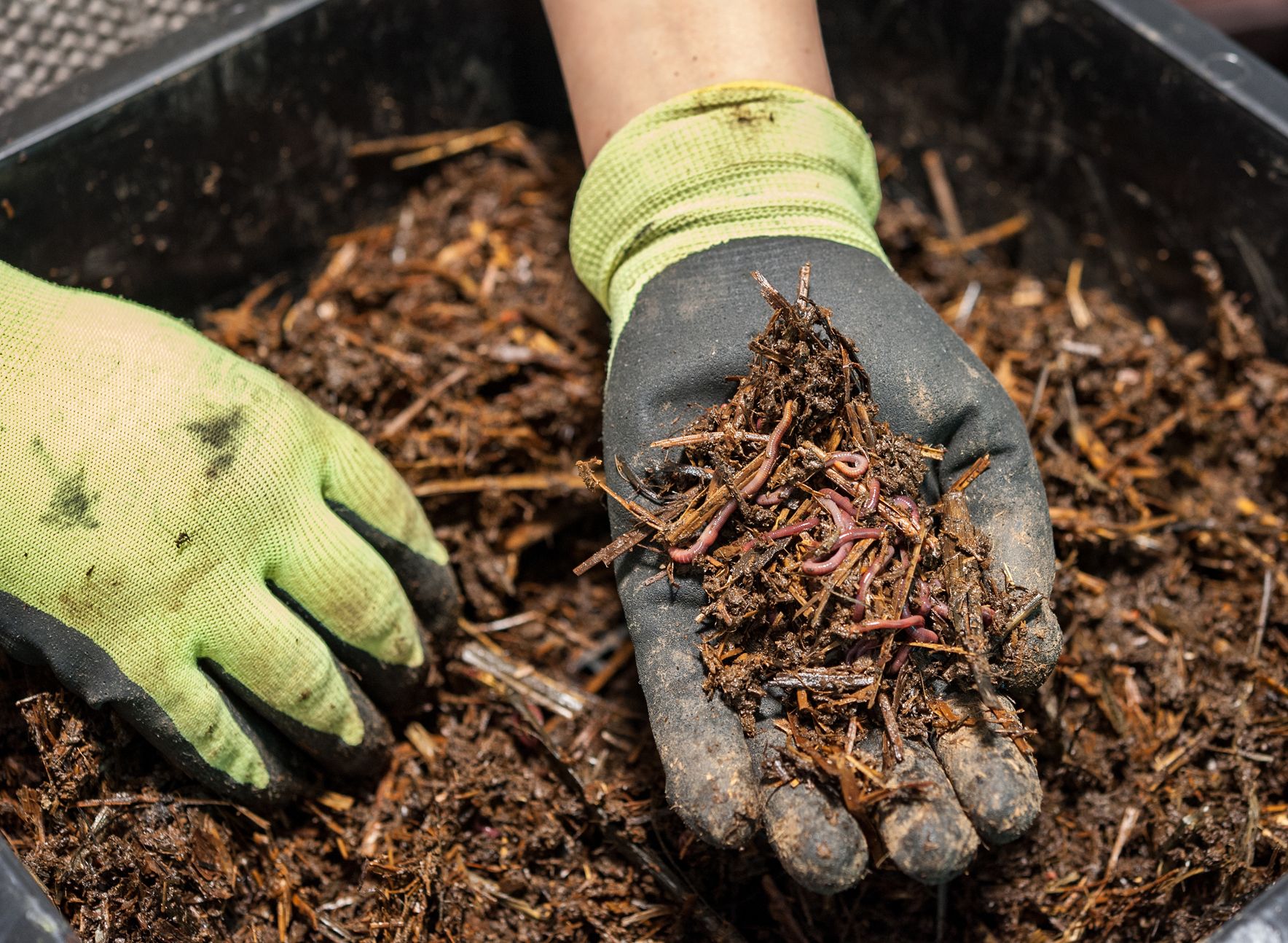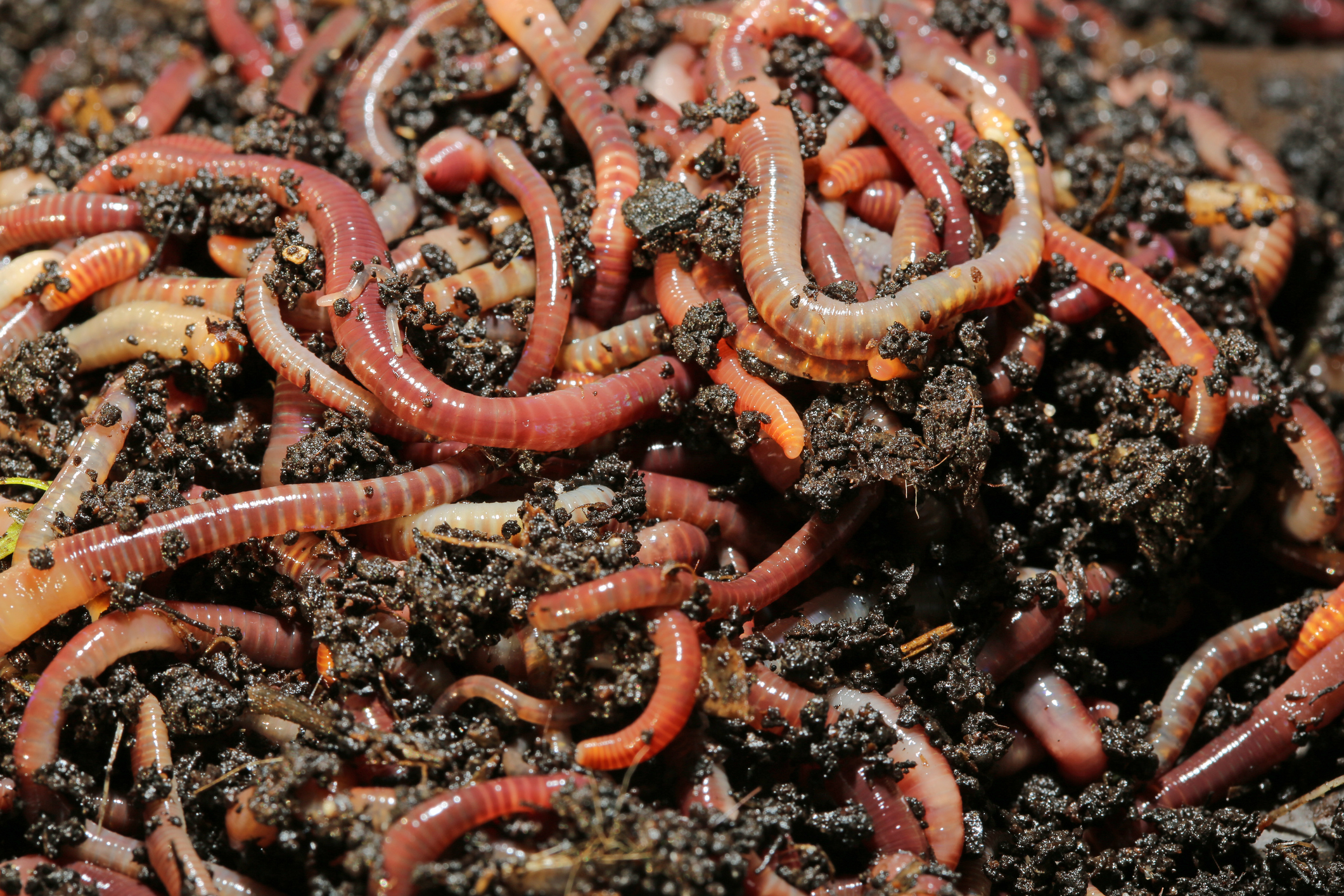
If you are looking for a way to be more environmentally friendly at home while also reducing what you are putting into landfill, a worm farm is a great option. Worms can help you minimize what you are throwing in the bin by turning your organic food waste into fertilizers full of nutrients to use in the garden.
By building a worm farm at home, you can produce two types of fertilizers – liquid and solid. The liquid is basically worm urine which will collect at the bottom of your worm farm. Dilute the liquid by 1 part to seven parts water and use on your plants. The solid fertilizer, or castings, is the worm poo which will develop in the middle and upper layers of your worm farm. These can be harvested every 4-6 weeks. To harvest the worm castings, move the bedding to one side of the farm, add fresh bedding to the empty side and wait a few days. Most of the worms will migrate over to the fresh bedding, and you can then you can take out the old bedding and use it on your garden.
To help you get started, here’s the basic steps to building a worm farm:
Food waste to feed your worms include fruit and vegie scraps, teabags and coffee grounds, crushed eggshells, small amounts of bread or pasta, moist cardboard and newspaper. You should not feed them onion, garlic, chilli, dairy, citrus fruit, meat and bones, fish, oils or grease, dog or cat faeces.
Remember that worms eat their body weight in food each day. This means for each 1000 worms that you have, you should feed 1 cup of food per day. You also need to remember that worms don’t have teeth - they suck in food, so the smaller the food particle the more they can eat. It may be worth blending or chopping the food. Bury the food in the bedding/castings, do not leave it on top. You also need to water your worms every couple of days with a litre of water.

Hi there,
Would you like to receive home decor
ideas and DIY tips to your inbox?
Subscribe to our mailing list!

